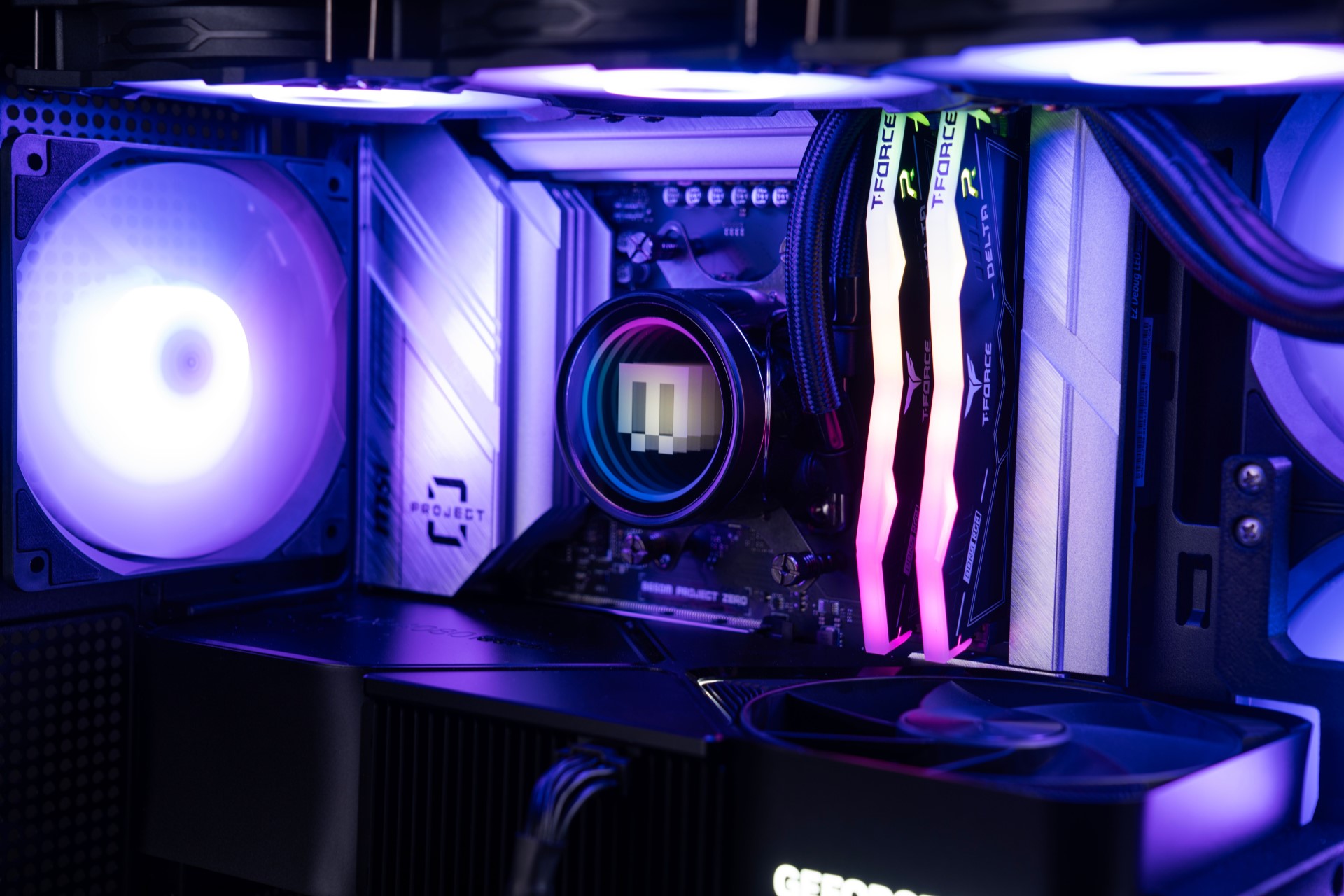Maingear's Zero Series desktops with hidden motherboard cables are now widely available — prebuilts with MG-RC start at $1,399

Maingear has today announced the launch of its Zero Series of desktops featuring MSI Project Zero motherboards and cases. The Zero Series desktops feature MG-RC hidden cables which move the connectors and cables to the backside, helping to create a tidier build. Prices start at $1,399, with the most expensive model costing $3,929. The Zero Series line-up comes after Maingear released just 50 Zero Limited Edition desktops, which are fundamentally similar.

By default, the Zero desktops use Nvidia GPUs — many of which feature on our list Best Graphics Cards for Gaming — and Intel CPUs (except for the Ruby model which uses an AMD Ryzen 7 7800X3D). Customers can customize Zero Series PC if they so wish, though these units will apparently take longer to ship than stock configurations. Using the custom configurator you can easily build a $5,500 system, just in case you thought a $3,929 desktop was too cheap.
The Zero Series represents the first time Maingear has harnessed its MG-RC hidden cable technology in earnest. The OEM first patented what is now called MG-RC back in 2011, but didn't launch products based on it until the Zero Limited Edition drop, which only constituted 50 units. With the Zero Series, Maingear is finally taking MG-RC to the mainstream.
That's not to say Maingear was just sitting on its patent for all these years. Maingear wants to make MG-RC the industry standard layout for hidden cable builds. MSI is certainly on board with this standard. MSI has embraced Project Zero motherboards and cases in its Zero Series and the parts can be bought individually. Gigabyte has also launched motherboards and cases based on Maingear's patent, which means two of the four major motherboard vendors are seemingly on board with the standard.
While these PCs certainly look nice thanks to the lack of cables, compatibility will be something users have to consider. Because backside power and data plugs require clearance, MG-RC motherboards aren't compatible with most of the best PC cases. Despite using off-the-shelf parts, upgrading or reusing hardware from a Zero Series PC might be similar to trying to reuse parts from an OEM prebuilt that isn't standard when it comes to form factor and connectors. That said, MG-RC compatible cases should be compatible with regular motherboards?
The Zero Series is available today at Maingear's website, with the cheapest configuration starting at $1,399, which is equipped with the RTX 4060, Core i5-14400F, 16GB of DDR5-5200MHz, and a 1TB PCIe 4.0 SSD.
Get Tom's Hardware's best news and in-depth reviews, straight to your inbox.

Matthew Connatser is a freelancing writer for Tom's Hardware US. He writes articles about CPUs, GPUs, SSDs, and computers in general.
-
TechLurker Seems successful enough to at least get it slowly become mainstream via the boutique route.Reply
I wonder if ASUS will also adopt it, or if their own version is compatible, as ASUS has the BTF units with plugs on the rear of the mobo, but also having an additional PCIe High Power Connector on the board for cable-less GPUs and the requisite 8-pin or 16 pin connectors on the rear. ASUS also has set up a partnership with several other peripheral manufacturers to get cases and equipment out for their BTF standard too.
That would leave AsRock either going with ASUS' BTF standard, or the MG-RC standard. I'd assume the BTF standard might be what they'll go for, given the value of also incorporating power pass-through for GPUs.
Or if both standards will be combined as the "AMG-RC standard". -
Kamen Rider Blade I'm not a fan of these rear mounted ports.Reply
Just standardize on "Right-Angle" receptacles for all connectors mounted along the Top/Right/Bottom edges of the standard MoBo.
Then get Case Makers to start standardizing on Right-Angle cable plugs.
It's easier to get that going than to have every proprietary hole.
Also, far less case structure needs to be compromised to make this work. -
husker Yes, it's tidy, but let's take a step back and think about why we have a glass window to show off a build and expose the inner workings of the PC. When we start simultaneously showing the innards of a PC and then adding new features to then hide them again, what's the point? Yes, I use cable management and it is a good thing, but we are starting to cross a line here.Reply